End the cycle of continuous repairs to Camelback power units
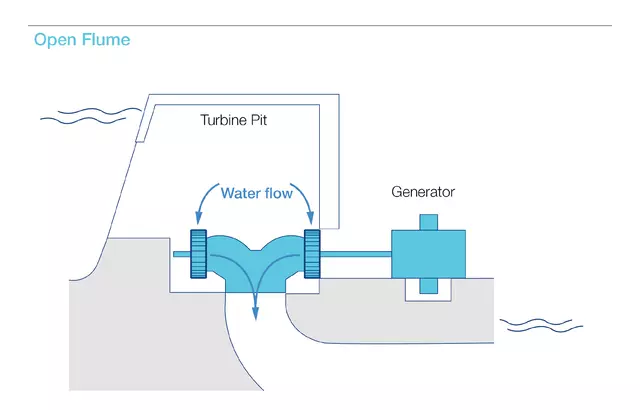
In the early 1900s, it was challenging to make use of low heads and high discharge in hydropower. The hydraulic conditions nowadays would typically direct towards a Kaplan turbine. However, as this turbine type was not yet invented, several Francis runners were installed on the same shaft to deal with the local conditions – typical two or four runners, in rare cases even more. The arrangement of two draft tube elbow then led to the naming under which the solution is known in North America today – the Camelback.
Camelback power plants reach end of life
Working with many Camelback plant owners and operators, Voith is conscious that without a cost-effective solution, these plants will rapidly become economically unviable. To reduce your operational expenditures that compete with other renewable energy resources, different and sometimes non-standard solutions are necessary to fit your local, site-specific requirements.
Having reached a century or more in operation, many of the plants utilizing Camelback turbines are in constant need of repairs and modernization. As the Francis-type turbines and generators reach the end of their useful life, plant owners are faced with continuous, labor intensive and often very costly repairs. Failures are unpredictable and often result in lengthy, unplanned outages, which are difficult to mitigate. Working in close collaboration with Voith, you benefit from a reliable solution with a focus on the economic viability for your specific site.
After reliably serving for decades, Camelback power plants today present challenges for operators – with recurring, often unforeseen repairs and failures:
- alignment of the units due to movements of civil structure
- generator winding failure
- shaft failure
- failure of old (e.g. cast) components
- repairs on cast components
- cavitation damages
- loss in production due to outdated performance levels
- outdated control and automation systems
Your Camelback power plant modernization benefits from broad experience
Extend lifetime of existing equipment
With a strong focus on minimum downtime and reliability of your hydropower plant, our HyService team refurbishes and replaces parts and components on-site. With power plant availability in mind, cavitation repair, embedded component machining, single component machining, rewinding or replacement can be provided by our experts.
For Manitoba Hydro’s historical 78-MW Pointe du Bois station in Canada, we refurbished four Camelback power units of the 16 units between 2012 and 2014. In this context, we also performed successfully an in-situ blade replacement on one of the Francis runners.
The Hull 2 station of Energy Ottawa in Canada will be equipped with two 5.6-MW power units with a modern Camelback design. The original units were commissioned in 1920 and have two Francis runners installed on the same shaft.
Alternative arrangements
For some power houses, repairs and replacements might not be the right solution to meet the goal of return on investment for the specific site conditions. Tapping into Voith’s complete portfolio – from customized designs to standard solutions – allows our customers to get solutions for the different arrangements found with this turbine type: open flume and pressure case arrangements, as well as double Francis turbines.
Open flume
The open flume arrangement can be found for the low heads of Camelback power plants.
For the modernization of the 90-year-old power plant Rånåsfoss III in Norway, seven different design concepts to replace the six double horizontal Francis power units were investigated. In close coordination with the customer, Voith identified the optimum solution in the form of 6 x 13.5-MW propeller units in an open flume arrangement. Benefits of the chosen concept were:
- a competitive efficiency level
- a significant increase in annual energy production
- the complete preservation of the historic turbine hall
To ensure these gains, a new hydraulic design was developed and tested in our hydraulic laboratory in York, PA, USA.
In many cases a major pain point for an alternative arrangement is the impact on civil structure design. Voith’s innovative Stream Diver can address this in a vertical arrangement, keeping all the benefits of simple design and an environmentally friendly solution.
Pressure case arrangement
With a higher available head, the pressure case arrangement became the solution to cope with the higher loads.
In Sweden, Voith replaced the 100-year-old power unit of the Graninge hydropower plant with new Small Hydro technology, making it not only much more efficient but also more environmentally compatible. Graninge in Sollefteå received a new electrical system, control equipment, generator and 800-kW Z-turbine doubling the power generation capacity.
Double Francis turbines with spiral cases
For even higher heads, the technology further advanced for material savings, leading to, for example, spiral cases as we know them today. Hence, the open flume arrangements started to disappear. The penstock connections favor conventional solutions when a replacement of the Camelback can significantly increase the energy production.
For Byllesby Dam in the USA, Voith is replacing the existing power units with two 2-MW vertical Saxo-Turbines . Commissioning is foreseen for 2022.
New powerhouse
If repairs and modernization aren’t a suitable solution for your site, building a new powerhouse is another potential approach.
Peterborough Utility in Canada has chosen this approach for its London Street site. The old powerhouse, originally built in 1884, has three open flume Camelback power units still in operation. However, the majority of the energy production is handled today by the two new 3-MW S-turbines Voith commissioned in 2016.
The new powerhouse Semla 4 in Sweden substitutes the Camelback plant Semla 3 with a 3.4-MW horizontal bulb unit. As a result of the upgrade, the plant is now more environmentally friendly and able to generate one-third more power than before modernization.

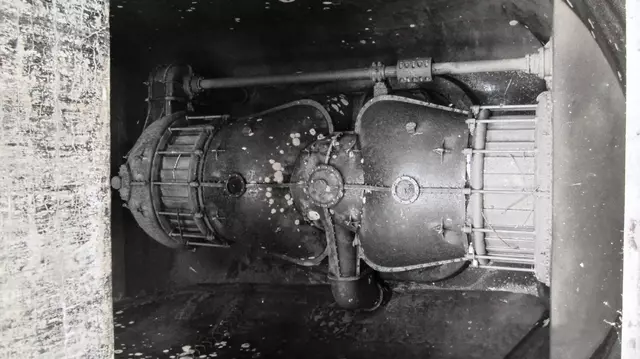


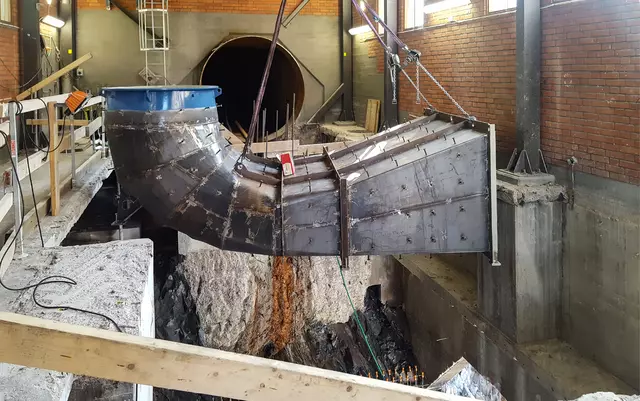
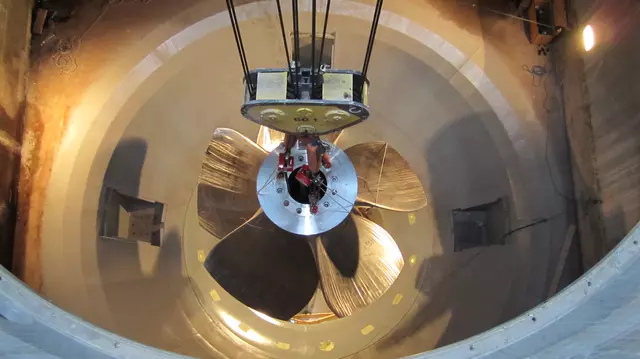
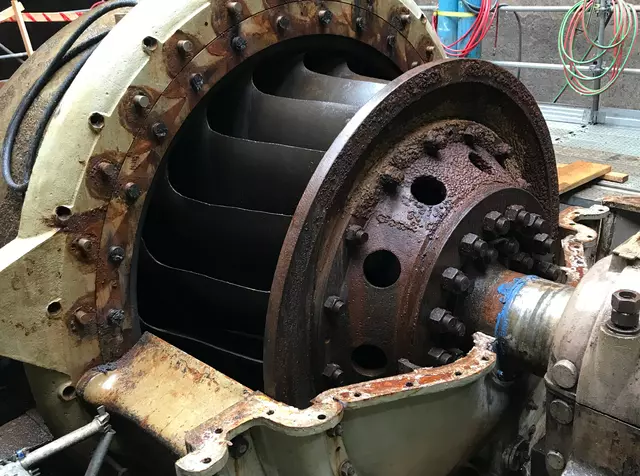
Your contact for the modernization of Camelback units – How can we help you?






